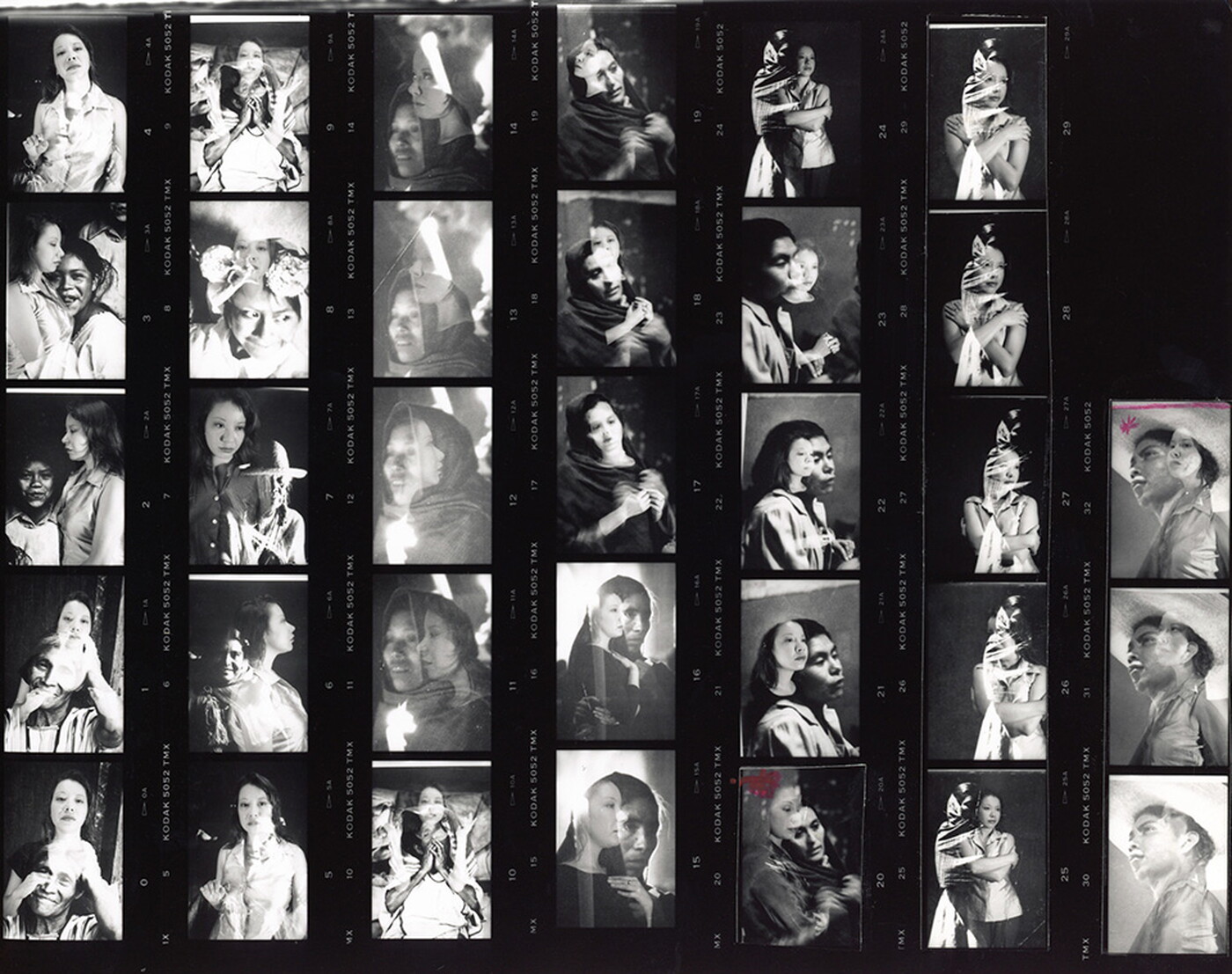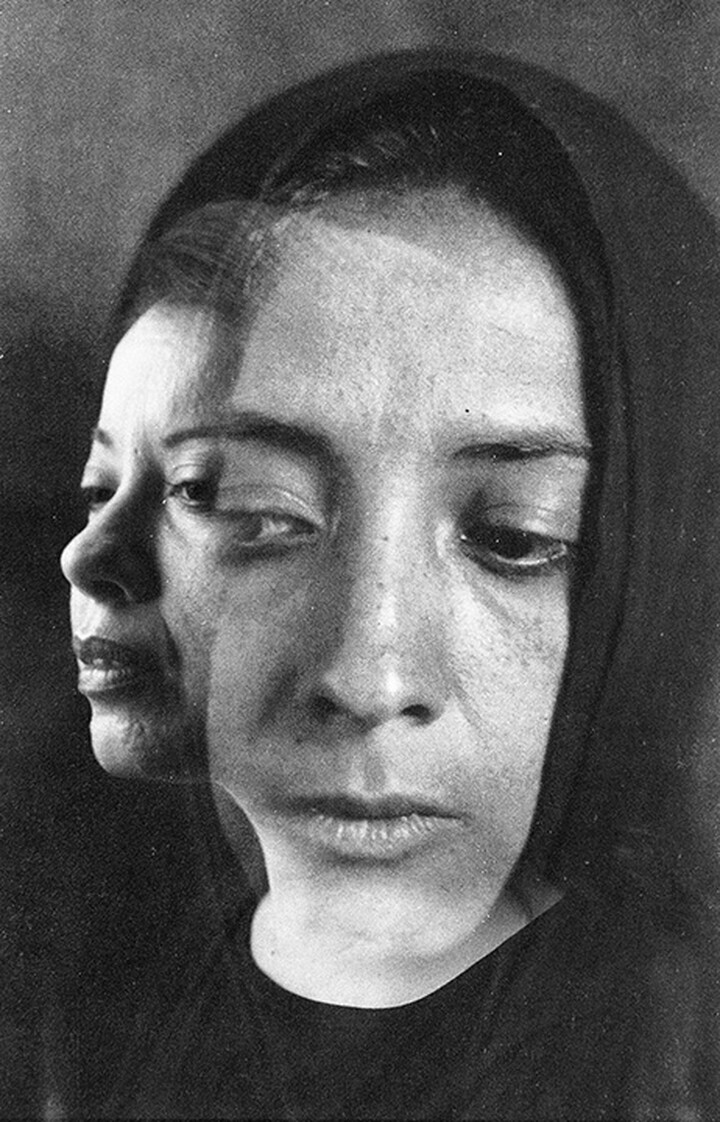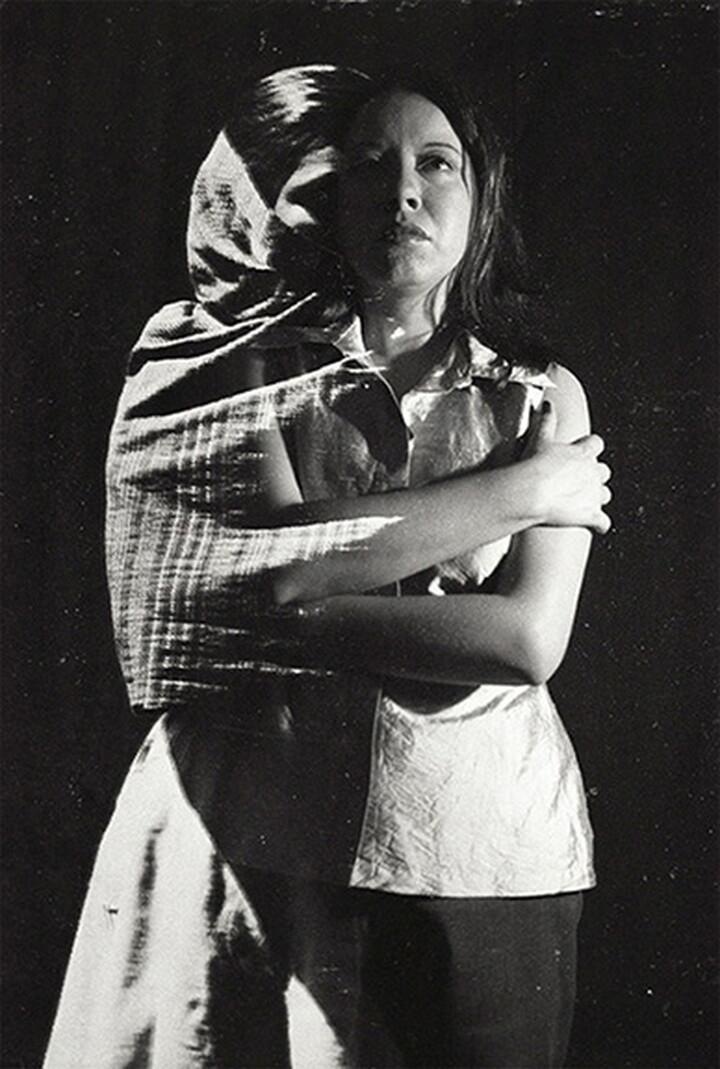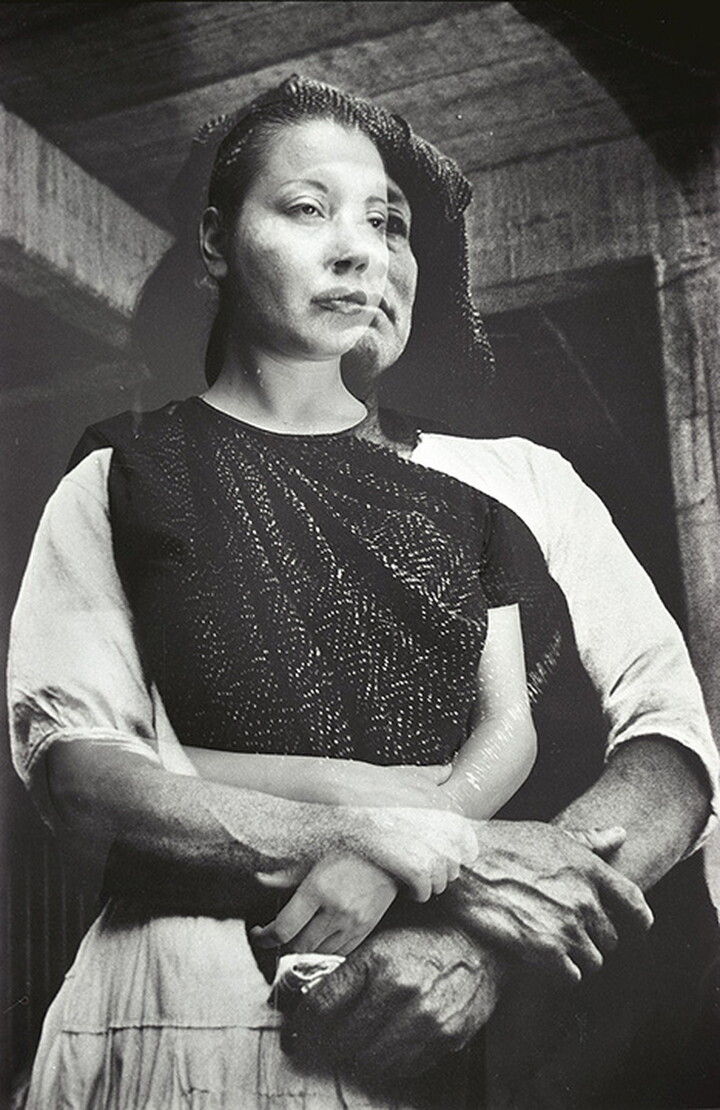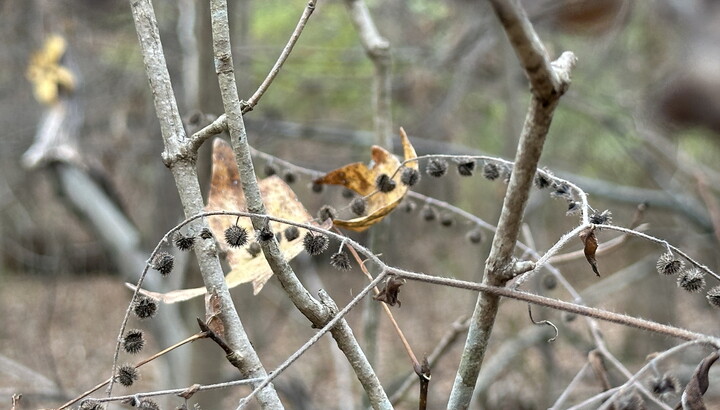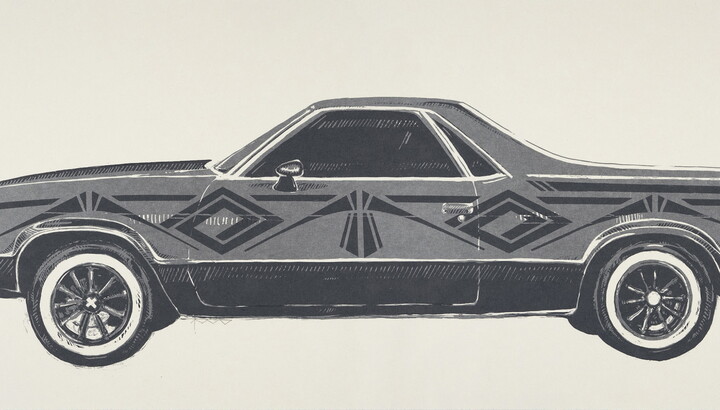The Carter Blog
Carter ARTicles
Untitled Multiple Exposures: Echoes of the past
May 03, 2023
A haunting photographic series titled Untitled Multiple Exposures (1999) is included in Christina Fernandez: Multiple Exposures. This series features eight double-exposure portraits that combine historical images of Indigenous women by famous modernist artists with self-portraits by Christina Fernandez. Through this ghostly combination of images, this series grapples with Fernandez’s relationship to these images of Indigenous women as well as her own place in the history of Mexican American photography.
But who were the original artists behind these images of Indigenous women? Active throughout the 20th century, Manuel Álvarez Bravo, Gabriel Figueroa, Nacho López, and Tina Modotti were intricately connected and shared a common goal of capturing authentic Mexican culture and identity following the Mexican Revolution.
Tina Modotti (1896–1942)
Tina Modotti was an Italian American photographer, political activist, and one of the leaders of this circle of artists who were elevating the Indigenous and working-class people of Mexico. Born in Italy, Modotti immigrated to the U.S. and met photographer Edward Weston while living in San Francisco. Falling in love, Weston and Modotti moved to Mexico City and opened a photography studio. While living in Mexico City, Modotti moved among bohemian circles of artists and intellectuals, joined the Mexican Muralists movement as their photographer, and became an active member of the Mexican Communist Party.
Modotti’s photographs are infused with social concern and her love for the people and culture of Mexico. Through her camera, Modotti captured portraits of the Mexican working class and Indigenous people. She viewed her camera as a compelling tool for her growing political beliefs and found that photography allowed her to make a powerful statement about poverty and injustice in Mexico.
Manuel Álvarez Bravo (1902–2002)
Manuel Álvarez Bravo is known as the pioneer of Mexican artistic photography. Born in Mexico City, Álvarez Bravo was a self-taught photographer who picked up his style from photography journals. Modotti introduced Álvarez Bravo to Mexico City's avant garde artists, including Edward Weston, who encouraged him to continue photography. In addition, Modotti left Álvarez Bravo her camera and job at Mexican Folkways magazine when she was exiled from Mexico for her communist beliefs, launching his career as a photographer.
Álvarez Bravo captured images of the ordinary in surrealistic ways. Inspired by the political desire to redefine Mexican identity based on modernity and the country’s Indigenous past, he rejected the picturesque and stereotyping. Through his photographs, Álvarez Bravo desired to represent the cultural heritage of Mexico in the face of rapid modernization.
Gabriel Figueroa (1907–1997)
Gabriel Figueroa is regarded as one of the greatest cinematographers of the Golden Age of Mexican cinema. Figueroa began his career in the movie industry as a still photographer. During this time, Figueroa surrounded himself with a vibrant community of artists in Mexico, which included Modotti and Álvarez Bravo. Through his connection to these photographers, Figueroa’s cinematography was closely bound to art, and he became known for his artistic use of framing and chiaroscuro, the strong contrast between light and dark.
Through his camera, Figueroa wanted to create an enduring Mexican image. His films would profoundly impact Mexican visual culture. Known as the “godfather” of Mexican cinema, his style went on to inspire a long line of Mexican cinematographers throughout the 20th and 21st centuries.
Nacho López (1923–1986)
Influenced by Modotti and Álvarez Bravo, Nacho López was a Mexican photojournalist. López studied photography under Álvarez Bravo, creating “photo essays” that were published weekly in magazines across Mexico. Noticing the absence of photographs of the working class and Indigenous people, López used his camera to capture the ordinary people of 1950s Mexico City. López would often stage scenes in Mexico City, with the hope of capturing the reactions of bystanders.
Like Álvarez Bravo, López rejected photographs that made Mexico appear unified or wealthy and instead focused on the negative aspects of modernization in Mexico. Rejecting stereotypes and taking an anti-picturesque stance, his photographs are infused with social criticism toward the desire to create a unified Mexican identity, showing the hidden underside of economic development in the 20th century.
Through capturing images of Indigenous women, these four artists shared a goal to create art that reflected authentic Mexican culture and identity in the 20th century. As an artist interested in capturing Mexican American identity through her photographs, Christina Fernandez used images by these four artists in her series Untitled Multiple Exposures to explore her own identity as a Chicana who has grown up in the United States.
View this series in Christina Fernandez: Multiple Exposures through July 9, 2023. Organized by the California Museum of Photography at UCR ARTS, this exhibition is one of the first major museum surveys of Christina Fernandez, bringing together the artist’s most important bodies of work for the first time.
